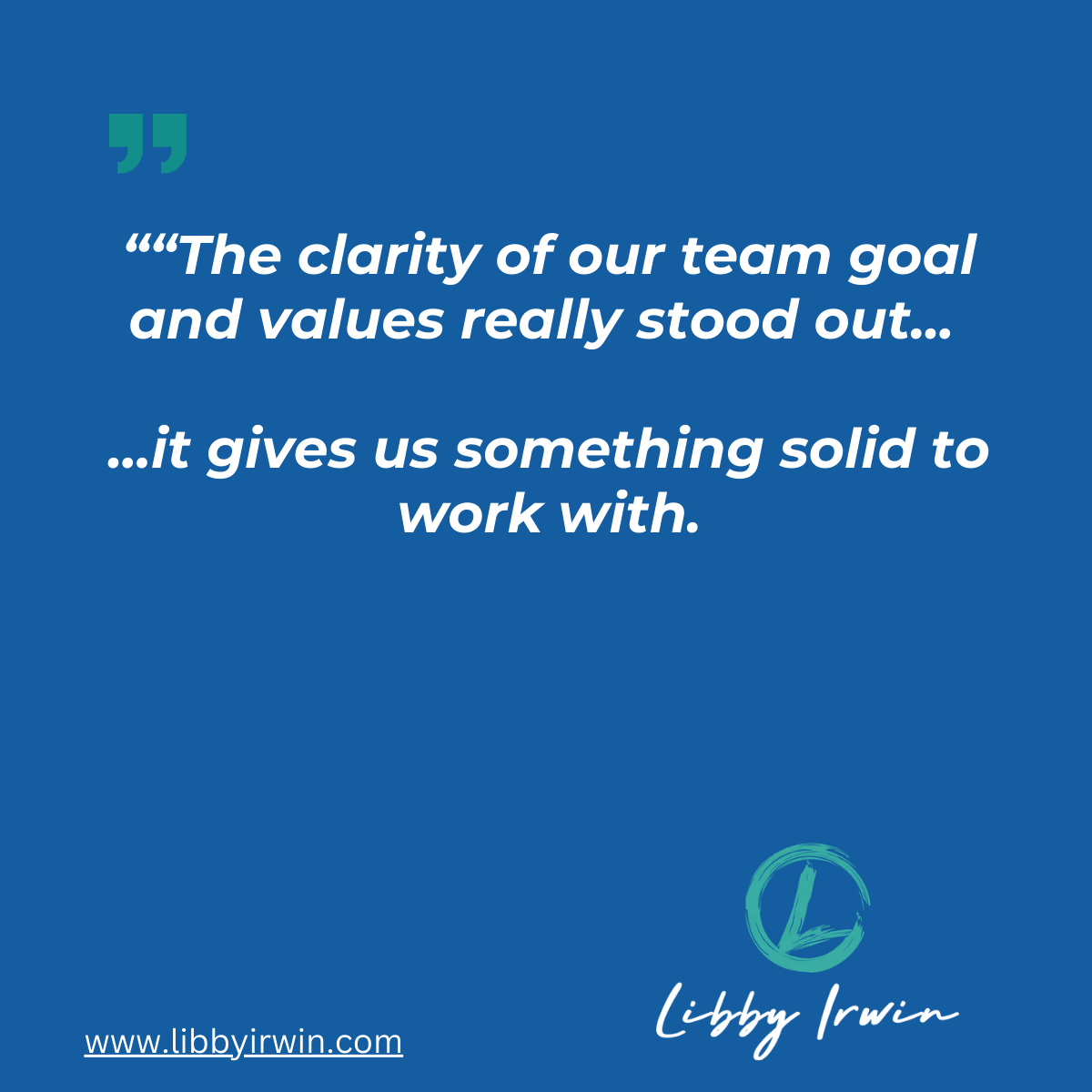When a restructure creates uncertainty, here's how teams find their footing.


I have a feeling many of you will agree, that restructures change more than reporting lines. They shift how people feel in the team. I saw this recently when I worked with a group of twelve who had just come through some significant organisational change. What stood out in that room though, wasn’t the amended org chart. It was the people (some brand new, others long-serving) wanting to reconnect, find their place, and move forward together.
The context
This was a team ready to invest in each other. They wanted to build belonging, clarity, and a stronger way of working together. Not just be left to “figure it out.”
The work
Across two workshops we created that space. We used DiSC profiling (a simple tool that helps people understand their own working style and how it interacts with others) to make sense of the different approaches in the room. Suddenly, friction points weren’t personal, they were predictable, and manageable. The team then shaped a shared goal in their own words and translated company values into day-to-day behaviours. Instead of abstract slogans, values became practical choices about how they hold meetings, challenge constructively, and collaborate across styles. Alongside this, the team were given time to connect on a human level. For new members it was an authentic welcome. For longer-serving team members it was a signal: this organisation is serious about supporting us to succeed together.
The context
Like many senior leaders, she was navigating relentless demands: urgent decisions, complex team dynamics, and a pace that left little room for reflection. She wasn’t underperforming - far from it. But the constant reactivity was crowding out the clarity she needed to lead proactively and shape the future, not just respond to the present.
The shift
By the end of the second session, the team had:
- A shared goal they owned and could align to.
- A set of agreed behaviours tied directly to organisational values.
- Deeper trust built through connection and recognition.
- A better understanding of how different working styles could be a strength, not a source of friction.
The outcome
The restructure itself was designed to align the team with company strategy. In most organisations, restructures bring an initial dip in performance while people adjust. What accelerates the uptick is when teams pause to connect, reset, and align around their shared purpose. That’s exactly what this group did. By investing in these sessions, they not only built clarity and trust, they created the conditions to deliver on strategy faster and with greater connection and confidence.
What this reflects
When teams are in transition, they don’t just need new structures and job descriptions. They need to feel welcomed and included. From there, clarity, tools, and connection create momentum that lasts. This is what I do: help leaders and teams get unstuck, with calm clarity, practical tools, and values that move from words on a wall into lived behaviours. If your team is navigating change, or if momentum has stalled, I’d be glad to talk about how this work could support you.